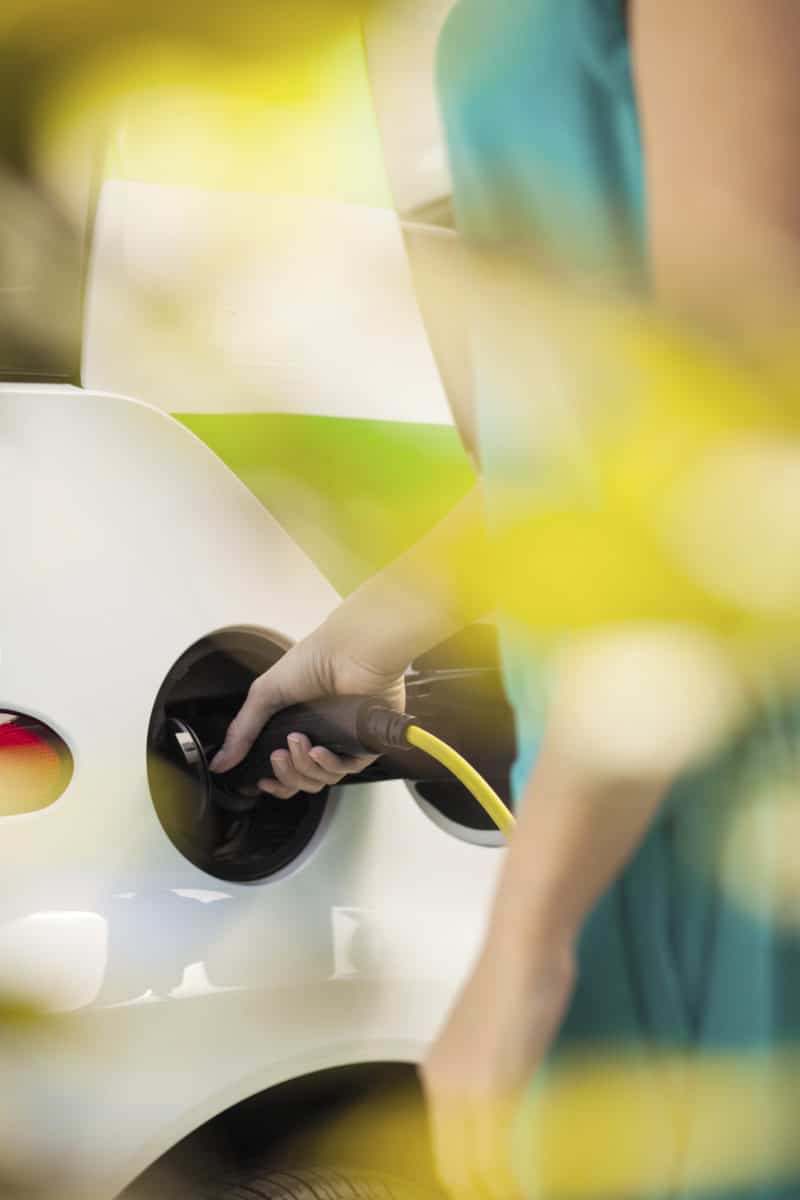The European Commission proposal 2020/353 (Batteries Regulation) is more than 100 pages long and comprises 79 articles, 14 annexes, and about 30 pieces of secondary legislation. As one of the first product-specific legislative proposals under Ursula von der Leyen, the Batteries Regulation is a key element in the implementation of the European Green Deal.
The EU classifies batteries as a strategic value chain and puts them at the core of its economic and technological leadership initiatives. With the goal of establishing a competitive ecosystem based on innovative and sustainable batteries made in Europe, the continent’s Strategic Action Plan on Batteries already foresaw in 2017 a new legislative setting designed to “ensure consistency with the EU’s broader enabling and regulatory framework.”
Industry and policymakers must now ask whether the proposed Batteries Regulation can deliver on its core promises.
Regulatory coherence
Europe accounts for approximately 5% of global battery cell manufacturing capacity, and most material extraction and refining work is done outside of the EU single market. Against that backdrop, the industry welcomes the transformation of the current Batteries Directive into a Europe-wide regulation as an important step toward consistency and predictability.
In the past, national or regional interpretations have often resulted in additional administrative and financial burdens. At Recharge, we especially applaud the regulation’s explicit objective to create more coherence with other regulatory frameworks, such as the Waste Shipment Regulation. Regrettably, the commission proposal has fallen short on a coherent approach with other existing frameworks, such as the UN transport and safety testing regulation and European horizontal legislation such as REACH and the Sustainable Corporate Governance initiative.
As one of the first products regulated on a lifecycle basis, batteries and their components were already subject to comprehensive legislation, from product safety to transport and waste management. The new degree of complexity of the proposed Batteries Regulation therefore risks overregulating a particularly fast-paced, innovative battery industry.
Battery value chain participants note that overlapping measures exist within the regulation, such as multiple, incoherent information, declaration and labelling requirements, as well as a general level of excessive ambition.
To ensure that the new EU batteries framework does not make the best the enemy of the good, it will be important now to carefully specify the technical details to relevant articles in the upcoming secondary legislative process. Equally important will be a timely, yet robust implementation. Some of the secondary legislation time frames pose a true challenge to compliance with the legislative base here.
Value chain
By better reflecting today’s technology spectrum and market developments, the commission proposal generally makes an important step forward. It puts batteries for electric mobility and stationary energy storage at its core and recognizes the strategic role of batteries for the achievement of the European Green Deal.
Nonetheless, a number of provisions are too stringent or technology-specific to easily enable important technological developments. New design, performance and durability requirements risk preventing real breakthroughs in battery-application optimization and efficiency improvement. At times, the Batteries Regulation does not sufficiently reflect technology/product specifics that are linked to electro chemistry or safety. These shortcomings are expected to make it more difficult for the European industry to develop and innovate within the existing market structure.
If correctly implemented, Article 7 and Article 39 could prove to be real game changers. Introducing a carbon footprint threshold as well as environmental and social due diligence requirements, the commission proposal sent a clear sign for a needed paradigm shift. Due diligence and carbon intensity had clearly been missing in the comprehensive framework regulating batteries so far.
Batteries for electric vehicles and stationary energy storage, among other applications, will now have to show their carbon footprint and eventually comply with a maximum carbon threshold. In combination with the upcoming battery passport, the carbon intensity measure will not only prevent underperforming batteries from entering the EU market, but will also incentivize best-in-class manufacturers.
Equally important is the upcoming obligation for economic operators to establish corporate supply chain due diligence policies. Recharge and our members especially welcome that this measure covers social, labor and human rights issues, as well as key environmental risks. That it is limited to the raw materials sector is unfortunate.
The commission’s proposal for a Batteries Regulation is an important milestone in delivering on the Strategic Action Plan on Batteries. It closes existing gaps, incorporates relevant updates, and paves the way for sustainable industry development. The true test of the effectiveness of the new rules will come in 2022, when the regulation is expected to enter into force. Until then, policymakers and industry actors will have to continue to work together to establish a robust, meaningful, and viable legislative framework that can meet the needs of an increasingly electrified world.
Pia Alina Lange
Pia Alina Lange is a long-time energy expert. She is responsible for public relations at Recharge, the European battery industry association. As an organization representing the battery industry of the future, Recharge oversees advanced rechargeable technologies and the lithium battery value chain across the continent. Advanced rechargeable batteries are a strategic key technology contributing to a more empowered, sustainable and circular economy by enabling decarbonized electricity and mobility. Founded in 1998, Recharge’s unique membership covers all aspects of the battery value chain, from suppliers of primary and secondary raw materials to battery suppliers and original equipment manufacturers, as well as logistics partners and battery recyclers.
This content is protected by copyright and may not be reused. If you want to cooperate with us and would like to reuse some of our content, please contact: editors@pv-magazine.com.
